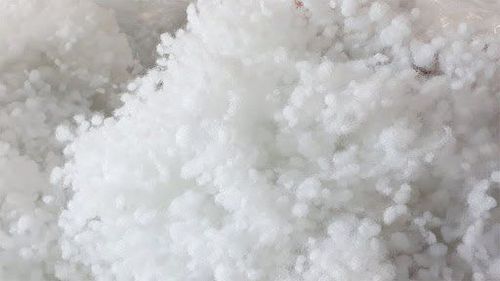This is an automatically translated article.
One of the common occupational lung diseases is cotton dust mite, which is common in people who work in the textile industry and come into contact with cotton fibers a lot. So what is cotton lung disease, how does it manifest?
Cotton lung dust is a disease commonly found in developed countries in the textile and garment industry, but with poor labor protection conditions. In Vietnam, cotton dust is in the group of 25 covered occupational diseases and in the group of common pneumococcal diseases.
1. What is cotton dust disease?
Cotton dust disease is a respiratory disease, often seen in workers, people working in the yarn industry, who have a lot of contact with cotton, hemp, jute, and flax fibers.
Cotton pneumoconiosis differs from asbestos and silicosis because it belongs to the group of exogenous allergic diseases, but all are common occupational lung diseases in countries where this industry is developing. including Vietnam.
2. Causes of cotton dust disease
Cotton dust is believed to be the main cause of the disease. This is a type of fibrous plant dust, with a very diverse composition, including the main component of cotton fiber and other components such as cotton bark, leaves, stems, soil and microorganisms. Depending on the cotton growing environment, the composition of cotton dust will be different.
In experimental and epidemiological investigations, microorganisms present in cotton dust are thought to be the main cause of cotton dust disease, but the symptoms of the disease caused by any agent in cotton dust have not been established. define.

Bụi bông là nguyên nhân chính gây bệnh bụi phổi bông
3. Manifestations of cotton pneumonitis
Symptoms of cotton dust disease can be monitored through the following 2 stages:
First stage: The patient has chest tightness and shortness of breath at the end of the working day, or after about 4-6 hours of work. After that, the patient stops chest tightness and shortness of breath for about 5-7 days, then it comes back. At this stage, if you visit the doctor, the doctor will listen to the lungs and find a crackling sound, and if you use a lung dilator, the symptoms will be relieved. However, chest tightness and shortness of breath will often recur, especially when the patient is exposed to cotton dust. Later stage: The person with cotton pneumoconiosis feels shortness of breath worse and more often. In addition, there are other symptoms such as fever, headache, cough, fatigue, dry mouth. These symptoms will appear and disappear in 3 - 6 hours. If the working time in the cotton industry lasts up to 10 - 20 years, the cotton dust disease can be irreversible and progress to respiratory failure, alveolar dilation, and bronchiectasis.
4. Diagnosis, treatment and prevention of cotton pneumonitis
To diagnose cotton dust disease, firstly based on the patient's history (including exposure factors, working in an environment with excessive concentrations of cotton dust, exposure time, dust contamination. ). Then, the doctor will conduct a clinical examination and lung function tests including:
Pulmonary ventilation: Pulmonary airflow obstruction and hypoventilation. If an irreversible ventilation disorder is diagnosed, the patient is considered to have lost the ability to work. Reaction to methacholine: Strong Chest X-ray : Increased brightness in the lungs due to difficulty breathing causing air retention. If cotton dust is detected at a later stage, the X-ray will closely resemble chronic bronchitis, alveolar dilatation or emphysema. To treat cotton dust, mainly use asthma medications and reduce or avoid cotton dust exposure. Limiting exposure to cotton dust is also a preventive measure to prevent diseases by:
For businesses and manufacturers: Ensure that the factory must have a dust filtration, ventilation, and dust collection system as well as a set of dust collection equipment. working environment monitoring department to promptly detect errors in the production process, increasing the risk of occupational lung disease for workers. Examine and recruit workers, workers when recruiting carefully as well as organize periodic re-examination. Provide protective equipment for employees working in the environment. For employees: Comply with safety regulations when working in textile and garment workshops, processing with high exposure to cotton dust, wear protective gear. Once you have a good understanding of cotton dust disease, you need to pay attention to protecting your health and equipping with good working conditions to ensure the working process. Especially for those who work in the garment industry, which are related to cotton fabrics, it is necessary to pay attention to perform periodic health checks. Through the examination, the doctor will have specific advice about your health condition and give the most appropriate advice.
General health checkup package - Vinmec International General Hospital is performed by a team of qualified doctors, combined with modern equipment and machinery. Therefore, customers can completely trust the medical quality at Vinmec.
Please dial HOTLINE for more information or register for an appointment HERE. Download MyVinmec app to make appointments faster and to manage your bookings easily.













